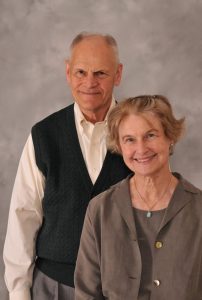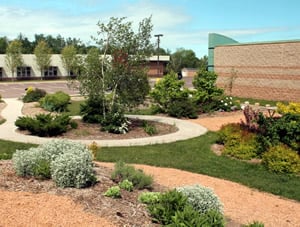
The Michigan Earth Scientist, journal of the Michigan Earth Science Teachers Association (volume 52, number 4, fall 2018) cites the A. E. Seaman Mineral Museum and Ted Bornhorst, executive director, in an article by Richard Green of Marshall Academy which describes a student geologic field trip to northern Michigan.
Field Trip to Northern Michigan: Understanding Geological History by Witnessing It
When we saw a real basalt flow at Houghton the next afternoon, we were lucky enough to be guided by Dr. Theodore Bornhorst, executive director of the A. E. Seaman Mineral Museum of Michigan Technological University, and a recognized expert on the continental rift. He introduced the class to words like “vesicles” and “amygdules.”
When we first met Dr. Bornhorst at the Seaman Museum, he guided us through its many galleries, explaining the theme of each one and how that theme was reflected in the different exhibit cases. He also took us to the museum’s rock garden, where the students saw large examples of the rocks they’d previously known only as textbook pictures or small fragments used in their laboratory work. By showing how their physical appearance revealed the way they were created, he made the abstract academic knowledge many had already forgotten perceptible and memorable. We even saw a true specimen of our own Marshall Sandstone for the first time, buried by till where we live and concealed by it.
Read more at The Michigan Earth Scientist, by Richard Green.








